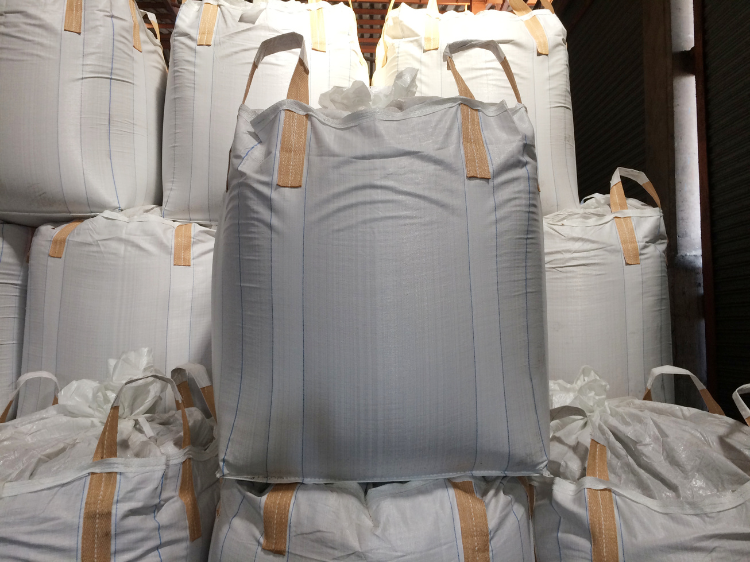India is a major producer and consumer of FIBC/Jumbo bags. These large, flexible containers are used to transport and store a wide variety of bulk materials, from sand and gravel to chemicals and food products. Given their prevalence in the Indian industry, it is important to ensure their safe use.
According to a recent industry survey, 25% of workplace accidents involving FIBC/Jumbo bags could have been prevented by following proper safety guidelines. This article will provide some key safety tips for those who use FIBC/Jumbo bags in India.
Jumbo Bag Manufacturers in India
There are many reputable jumbo bags manufacturers in India. When selecting a supplier, it is important to consider the bags’ quality, suitability for the intended use, and the manufacturer’s safety record. Here are a few factors to keep in mind when choosing a jumbo bag manufacturer:
The manufacturer’s reputation:
Ask for recommendations from other businesses in your industry. Read online reviews of different manufacturers.
The quality of the materials used:
The jumbo bags should be made from high-quality materials appropriate for the product being stored or transported.
The safety features of the bags:
Look for jumbo bags that have features such as reinforced lifting loops and SWL (Safe Working Load) markings.
The compliance of the bags with Indian regulations:
Jumbo bags used in India must comply with relevant Bureau of Indian Standards (BIS) specifications.
Safety Tips for Using FIBC/Jumbo Bags
Once you have selected a reputable supplier of jumbo bags, it is important to follow proper safety procedures when using them. Here are some key tips:
Inspect the bags before use:
Look for any signs of damage, such as tears, cuts, or weak seams. Do not use any bags that are damaged.
Use the correct bag for the job:
Different types of jumbo bags are designed for different materials. Make sure you are using a bag that is suitable for the product you are storing or transporting.
Fill the bags properly:
Do not overload the bags. The weight of the contents should not exceed the SWL of the bag. Distribute the weight evenly throughout the bag.
Use all four lifting loops:
When lifting a jumbo bag, always use all four lifting loops. This will help to distribute the weight evenly and prevent the bag from breaking.
Keep the lifting loops vertical:
The lifting loops should be kept vertical when the bag is being lifted. This will help to prevent the loops from being damaged.
Avoid jerking motions:
Avoid jerking or swinging the bag when it is being lifted or lowered. This can put stress on the loops and seams of the bag.
Use slings to lift fallen containers:
If a jumbo bag falls, do not try to lift it by hand. Use a forklift or other lifting equipment to lift the bag.
Protect the bags from sharp objects:
Avoid storing or transporting jumbo bags near sharp objects that could puncture the bag.
Avoid high temperatures:
Jumbo bags should not be exposed to high temperatures. High temperatures can weaken the material of the bag and make it more susceptible to damage.
Dispose of the bags properly:
When you are finished using a jumbo bag, dispose of it properly. Do not reuse jumbo bags for food products if they have been used for hazardous materials.
Following these safety tips will help to prevent accidents and injuries when using FIBC/Jumbo bags.
 :
https://in.pinterest.com/hpbl2023/
:
https://in.pinterest.com/hpbl2023/












